Fall 2020 promises to bring some challenges to schools in terms of social distancing. Most likely, students will attend school with a staggered schedule that has them both learning at home and learning online. Even if social distancing ends, the chances of another virus-related school closing are high. It’s time to stop thinking of schools as factories and think of them as restaurants: dine in or carry out. 🙂
What if you could design a learning environment for your students that works as effectively at home as it does in school, with seamless transitions back and forth? We call it our Hybrid Learning Environment . . . and it takes the best of both worlds and melds them into one set of structures and strategies.
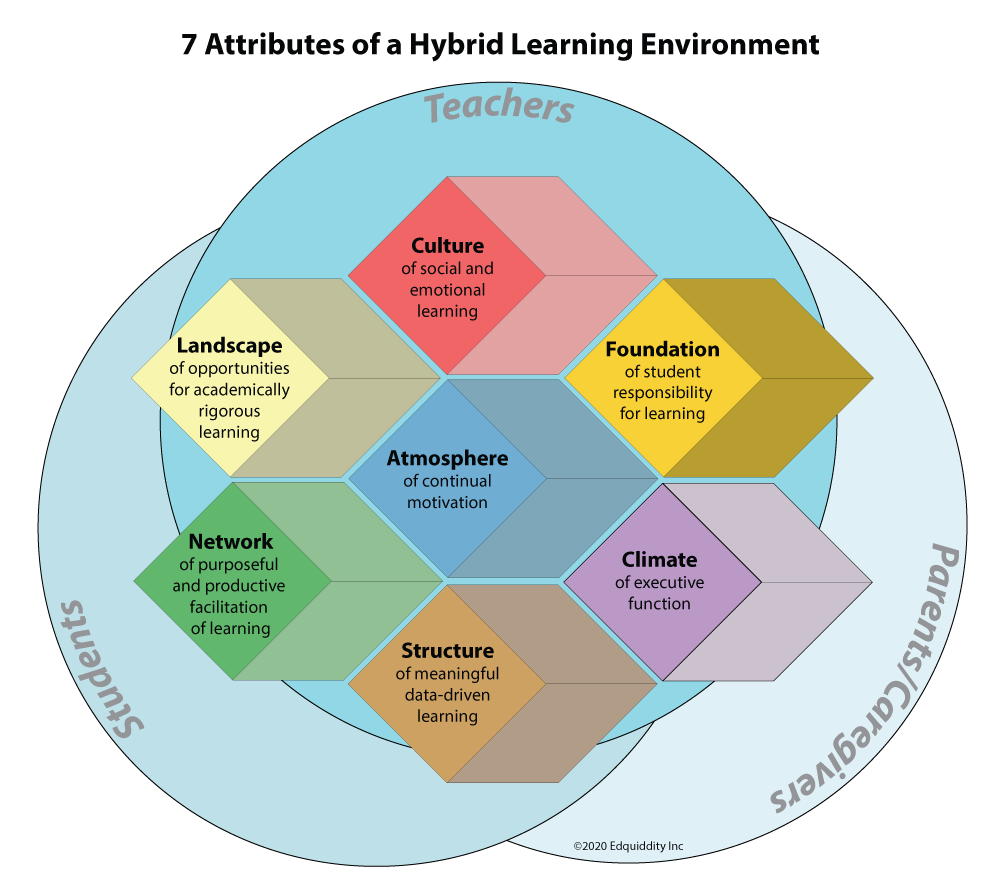
For those of you who know us as the creators of the Learner-Active, Technology-Infused Classroom, yep, it’s LATIC . . . but a revised version that puts students in charge of their own learning and builds engagement, empowerment, and efficacy whether at home or in a school building. Teachers, parents, and students have specific roles and are partners in the learning process. Here’s an overview of the 7 attributes:
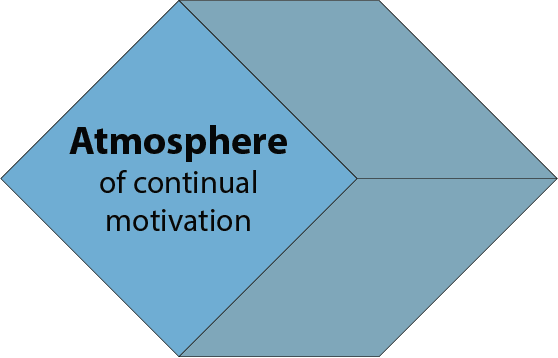
At the heart of a Hybrid Learning Environment is an atmosphere of continual motivation. An “atmosphere” is an overall feeling or effect of a place. The student in a Hybrid Learning Environment must feel a sense of continual motivation in order to stay engaged, as compliance does not drive learning, in school or at home. The key is to build intrinsic rather than extrinsic motivation. You can achieve this by using problem-based, project-based, place-based, pursuit-based, and profession-based learning. The overarching challenge or task should be compelling enough to drive student learning and anchor all learning activities back to it. Encourage students to reflect and set personal goals. Ask “What if?” questions to challenge students to the next level. Essentially, tap into their inner motivation!
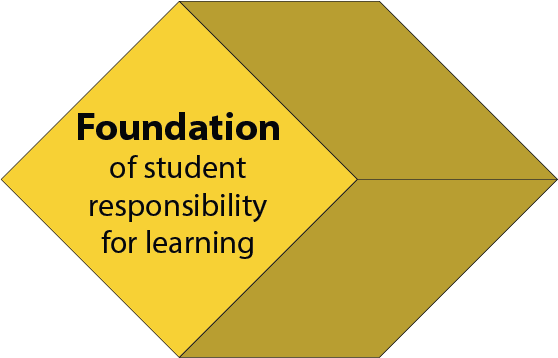
You’ll need a foundation of student responsibility for learning. Teachers’ arms don’t reach across the classroom nor into homes so easily! The foundation for a Hybrid Learning Environment will rest on student empowerment, with teachers and parents putting structures in place to have students take responsibility for their own learning. That includes sticking to routines, self-assessment, goal-setting, scheduling how they will use their time, monitoring their progress, being resourceful, and self-advocating when they need help.
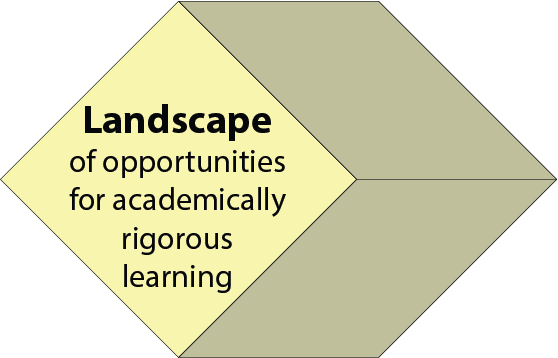
A landscape of opportunities for academically rigorous learning will ensure that all students can learn at high levels of understanding and application, whether at school or at home. This is a combination of carefully curated learning, practice, application, reflection, and assessment activities (largely put in place by the teacher, but with significant student choice and voice); teacher facilitation; and new superpowers for teachers delivering synchronous instruction, whether in a classroom or through video conferencing.
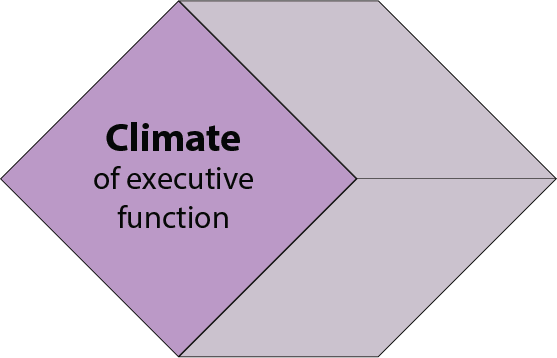
Student success will depend greatly on a climate of executive function. A climate is defined as the conditions that have a widespread effect on life, activity, etc. You’ll need to put in place activities, structures, and facilitation strategies that build executive function — the missing link to student achievement — at school and at home.
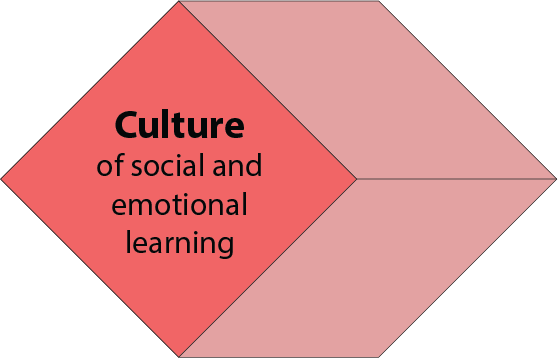
Learning is social! We learn from others; we thrive in collaborative settings. Therefore, it is critical that, in a Hybrid Learning Environment, the way of life is characteristic of a culture of social and emotional learning. For this and other attributes, norms and structures as shared understandings are so important.
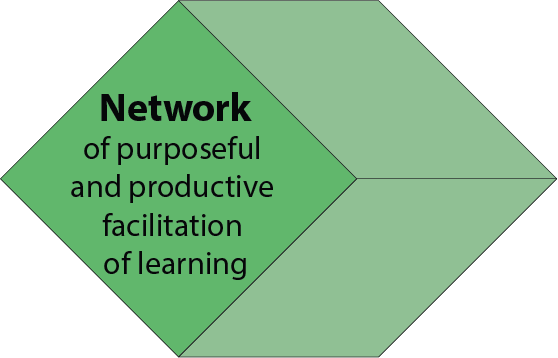
In a Hybrid Learning Environment, feedback toward student progress is essential, and it is provided by teachers, parents, and students themselves. A network of purposeful and productive facilitation of learning will position students for great success and will fuel continual motivation.
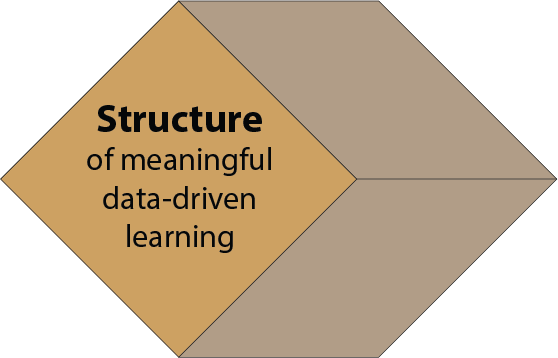
The teaching-learning relationship should be a two-way journey. Teaching is not a one-way delivery path that either hits or doesn’t hit its target. The goal of all teaching is learning; and that’s the outcome that counts! Teaching informs learning, which informs teaching. This is made possible through a structure of meaningful data-driven learning. Data should flow to and from the student, teachers, and parents. That data should be used by all to make “next step” decisions.
Hang tight! I’m working on a new book to detail this. In the meantime, I recorded a video on this topic . . . I wrote a white paper with 9 models for hybrid teaching . . . and we do have a variety of PD options available for schools and individual teachers.
